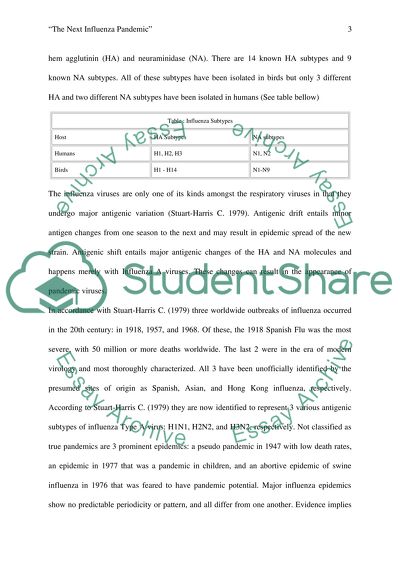Cite this document
(“Influenza Pandemic Essay Example | Topics and Well Written Essays - 1000 words”, n.d.)
Influenza Pandemic Essay Example | Topics and Well Written Essays - 1000 words. Retrieved from https://studentshare.org/science/1508754-influenza-pandemic
Influenza Pandemic Essay Example | Topics and Well Written Essays - 1000 words. Retrieved from https://studentshare.org/science/1508754-influenza-pandemic
(Influenza Pandemic Essay Example | Topics and Well Written Essays - 1000 Words)
Influenza Pandemic Essay Example | Topics and Well Written Essays - 1000 Words. https://studentshare.org/science/1508754-influenza-pandemic.
Influenza Pandemic Essay Example | Topics and Well Written Essays - 1000 Words. https://studentshare.org/science/1508754-influenza-pandemic.
“Influenza Pandemic Essay Example | Topics and Well Written Essays - 1000 Words”, n.d. https://studentshare.org/science/1508754-influenza-pandemic.


